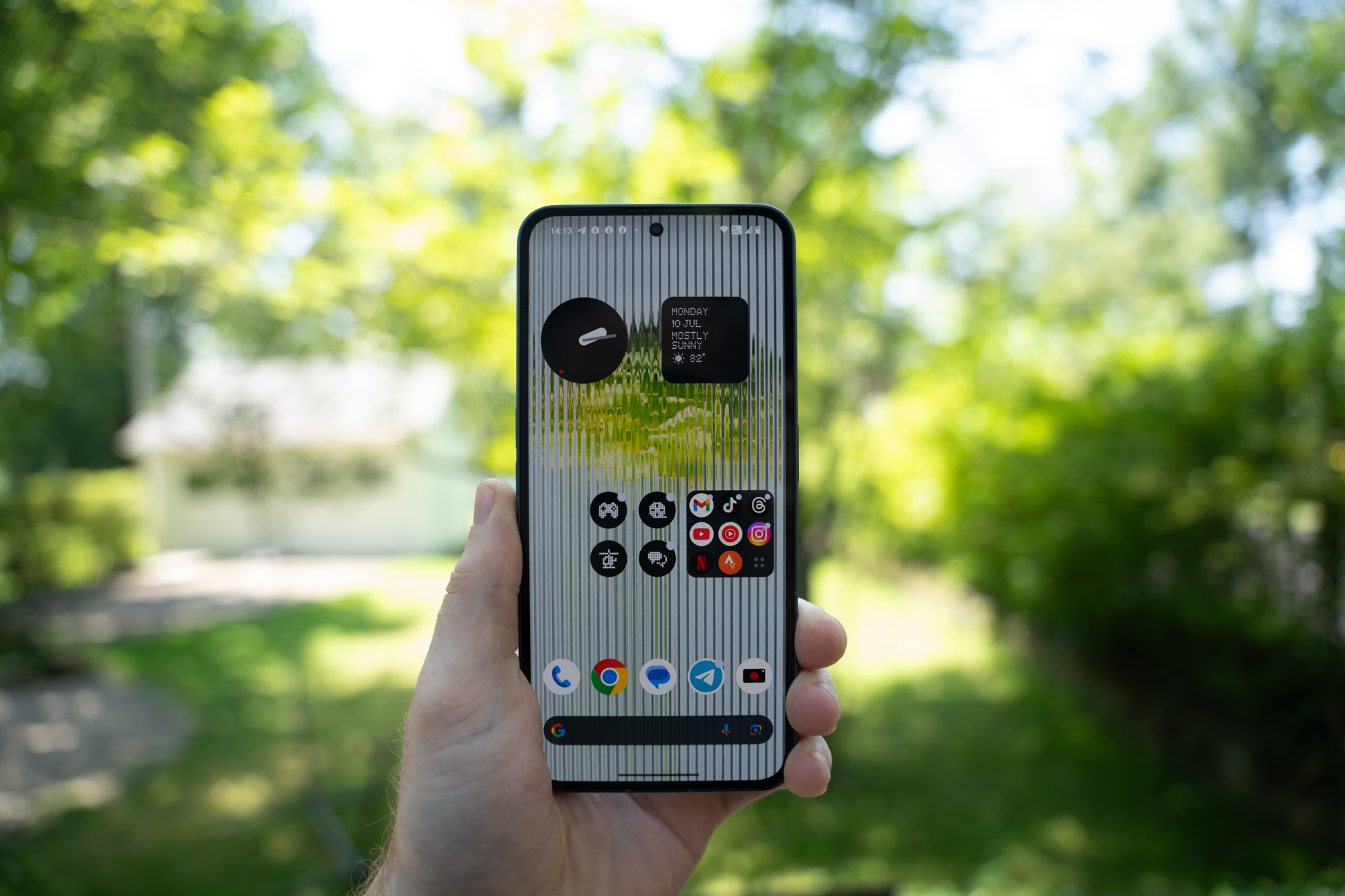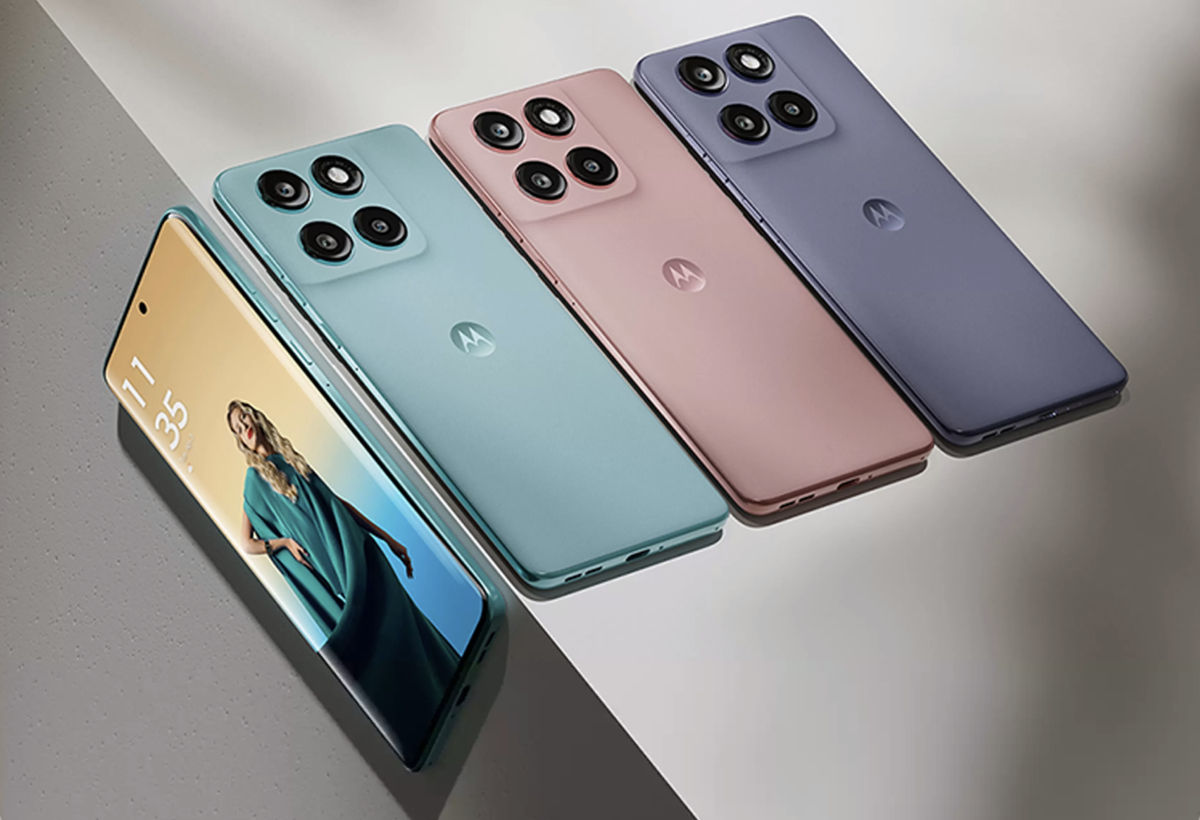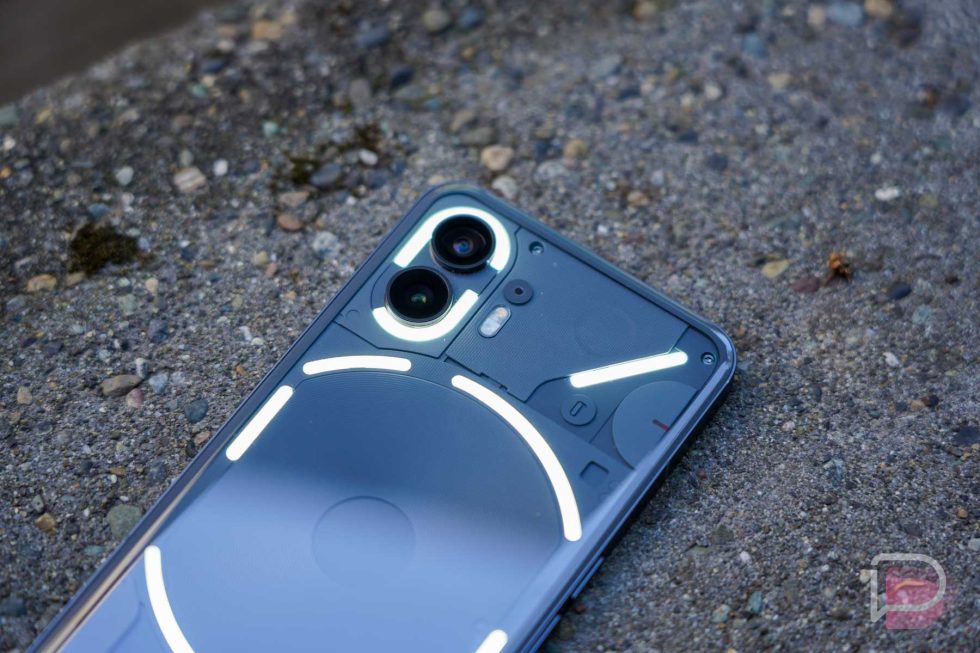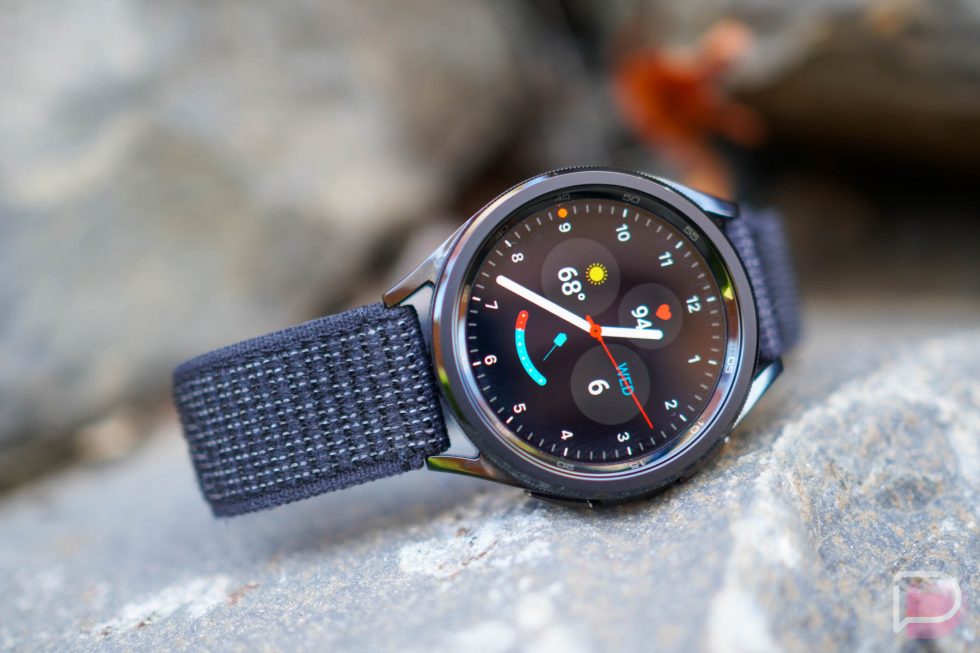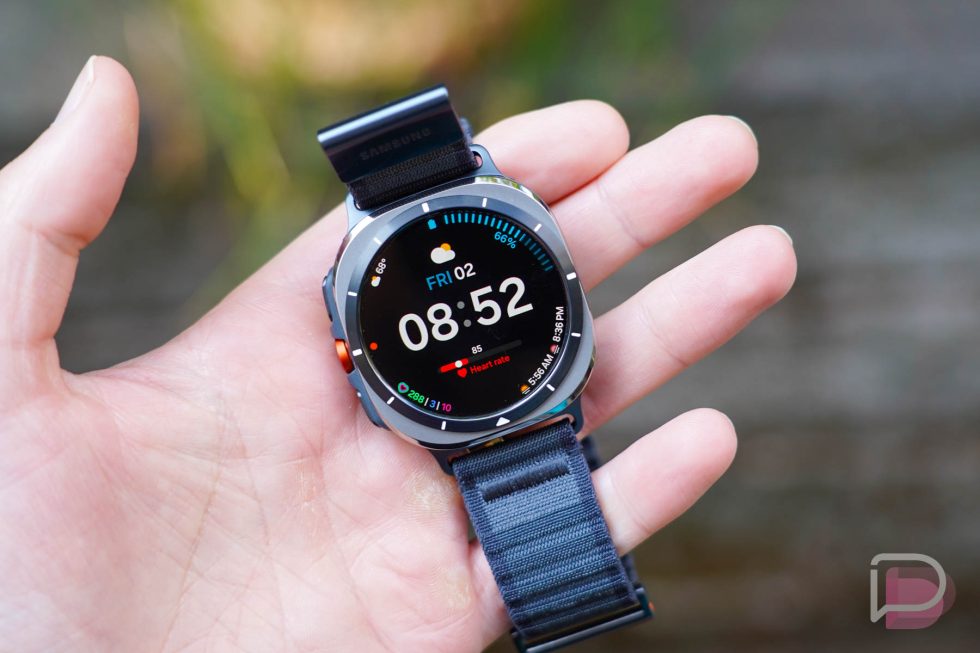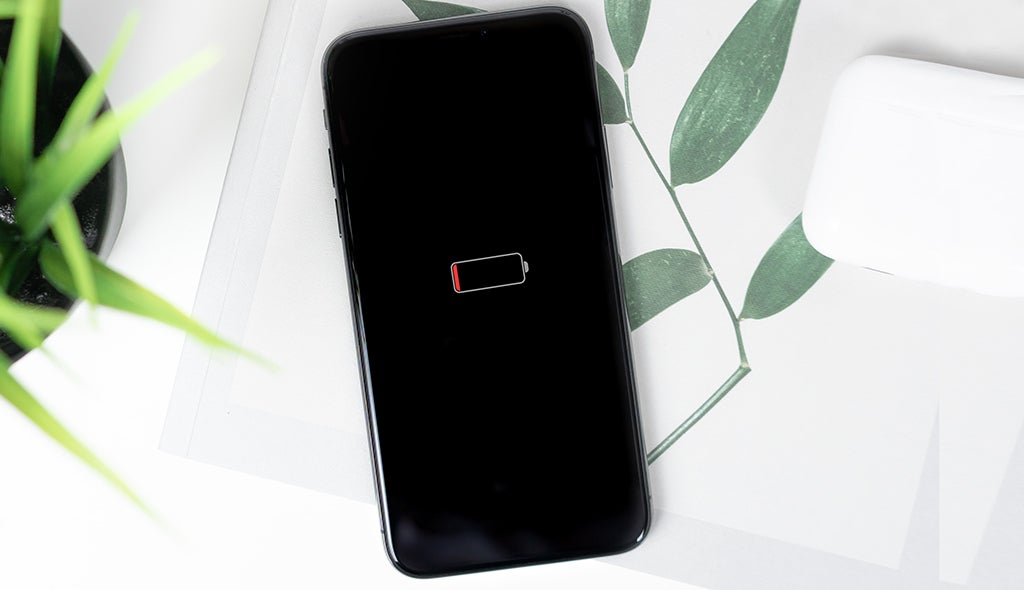Honor 400 Review: Midrange AI Powerhouse?
Honor is banking on a compelling blend of hardware and software features to win over potential buyers and fans. The post Honor 400 Review: Midrange AI Powerhouse? appeared first on Phandroid.

Honor has been delivering impressive mid-range smartphones over the past few years, and the new 400 series continues this trend. Today, we’re checking out the standard Honor 400, which at a starting price of around £399 in the UK aims to compete with devices like the Google Pixel 9a and the Samsung Galaxy A56.
READ: Xiaomi 15 Review: Compact, But is it Capable?
Honor is banking on a compelling blend of hardware and software features to win over potential buyers to its Android ecosystem. Having spent considerable time with the Honor 400, it’s apparent that the phone has some considerable strengths, although not without a few caveats along the way. What can you expect though? Let’s take a look.
Honor 400 Specs
- 6.55-inch AMOLED Display, 5000 nits peak brightness
- 1264 x 2736 screen resolution
- Qualcomm Snapdragon 7 Gen 3 Chip, up to 12GB RAM + 512GB storage
- 200 MP Main camera + 12MP Ultrawide; 50MP Front camera
- 5300 mAh battery, 66w charging
- Android 15 with Magic OS
- IP65 rating
Design and Display

The screen on the Honor 400 is pretty impressive, featuring a 6.55-inch AMOLED panel. Despite its generous size, the phone remains remarkably compact thanks to slim bezels, making for an immersive viewing experience. This is all the more made possible with the phone’s peak brightness that can top out at 5,000 nits, meaning that you won’t run into any visibility issues even when under direct sunlight.
The phone has a mostly clean look, and is surprisingly not that larger than the Pixel 9a for example—I found it comfortable for everyday handling. The phone boasts a sleek design with flat sides, a flat display, and a flat rear panel, though the camera bump does protrude slightly, as is the case with a lot of smartphones these days. There are a pair of speakers which sound pretty loud for the most part, although a bit more bass would have been nice.
Software and Cameras

One of the Honor 400’s most significant selling points is its 200MP camera system which is impressive from a technical standpoint, especially when compared to rivals like the Google Pixel 9a that often feature more modest hardware. While high-resolution sensors are increasingly common in modern smartphones, the Honor 400’a 200MP camera packs an AI-equipped zoom feature, which keeps details clean in most situations.








Even when capturing subjects from considerable distances, details remain remarkably clear, which is something that’s much appreciated for a smartphone in this price bracket. Overall, photos taken with the Honor 400 look decent, with particularly strong performance in portrait mode and surprisingly good results in low-light conditions. Video recording capabilities max out at 4K resolution at 30 frames per second with good general quality including decent stabilization and vibrant colors, especially in well-lit outdoor environments.
Beyond its camera prowess, Honor is heavily promoting the AI features of the Honor 400, many of which leverage Google’s cloud-based AI software. A standout is the “Image to Video” feature, which runs Google’s VEO 2 AI on the backend to transform still images into five-second video clips. It’s not flawless, but for the most part worked impressively—I found it enjoyable to experiment with, using it on older photos and observing how the AI generated videos based on the image’s context.
While it is a cool party trick, its overall practicality remains debatable. It’s captivating for older photos, but at present, it’s difficult to envision numerous scenarios where this kind of feature would be a daily necessity. The phone also includes other AI functions such as an erase tool and an “outpaint” feature for expanding image size, all of which are generative and require an online connection as they rely on Google’s backend AI software.
Performance and Battery

Another major highlight of the Honor 400 is its chipset. Equipped with Qualcomm’s Snapdragon 7 Gen 3 chipset, the phone is capable of delivering excellent day-to-day performance, especially for casual users who primarily browse the web, engage on social media, and play occasional games. Speaking of gaming, the phone is able to keep up even with graphically demanding titles on the Google Play Store, and while it doesn’t heat up at the same rate as most Pixel phones for example, there are times when it still gets slightly warm.
What’s impressive is that the phone’s slim design manages to house a relatively-large 5,300 mAh battery. This is possible thanks to Honor’s use of silicon-carbon technology, a trend seen in other Chinese smartphone brands which allows for more capacities despite slimmer designs. Battery endurance has been good in my experience, although constant data and GPS usage, as well as gaming will have you reaching for that charger a lot more often.
Final Thoughts

All that said, the Honor 400 isn’t without its imperfections. One key consideration is the presence of pre-installed third-party applications—the phone runs Android with Honor’s Magic OS, and while it offers extensive customization options for themes, icons, and interface aesthetics, it also comes with a sizeable amount of third-party apps. Users who prefer a lean and clean Android experience, might want to go for something like a Pixel phone instead.
In the grander scheme of things though, the Honor 400 still manages to shine largely due to its competitive pricing compared to other mid-range smartphones. It’s also more affordable than the Honor 400 Pro, and includes features absent from the more budget-friendly Honor 400 Lite. At £399 for the base version and £450 for expanded storage, the Honor 400 undercuts rivals like the Google Pixel 9a, while delivering a terrific display, a very capable chipset, reliable battery life, and those engaging AI party tricks courtesy of Google’s VEO 2 AI.
The post Honor 400 Review: Midrange AI Powerhouse? appeared first on Phandroid.




































































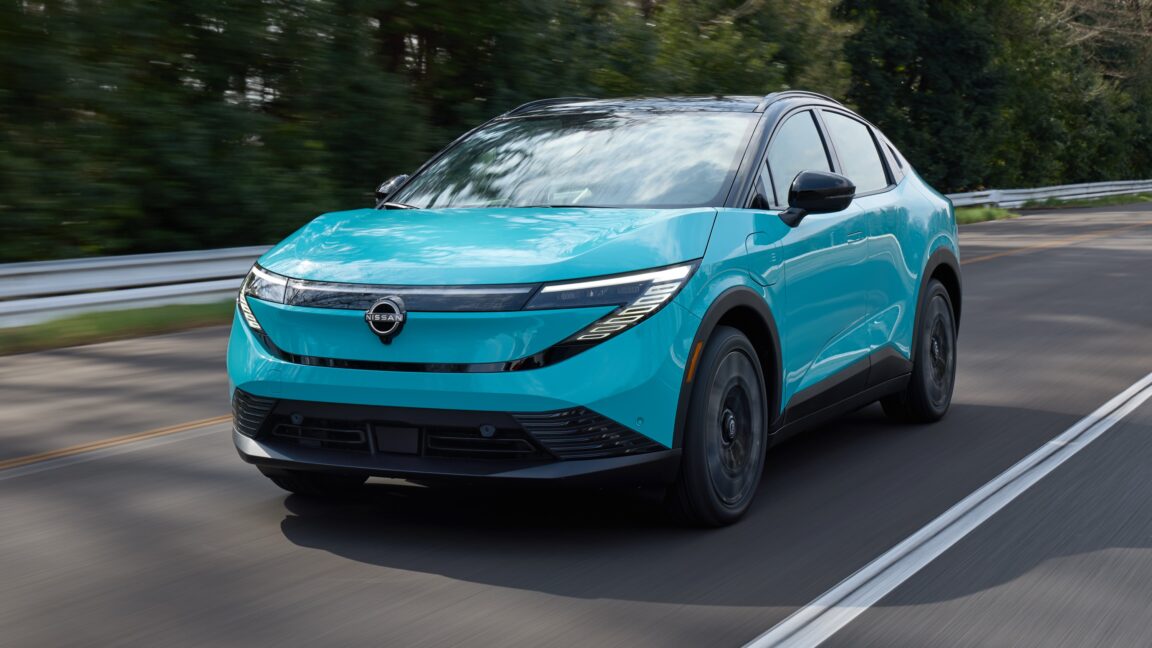










































































































![[The AI Show Episode 153]: OpenAI Releases o3-Pro, Disney Sues Midjourney, Altman: “Gentle Singularity” Is Here, AI and Jobs & News Sites Getting Crushed by AI Search](https://www.marketingaiinstitute.com/hubfs/ep%20153%20cover.png)














































































































































































































































.png?width=1920&height=1920&fit=bounds&quality=70&format=jpg&auto=webp#)

































































































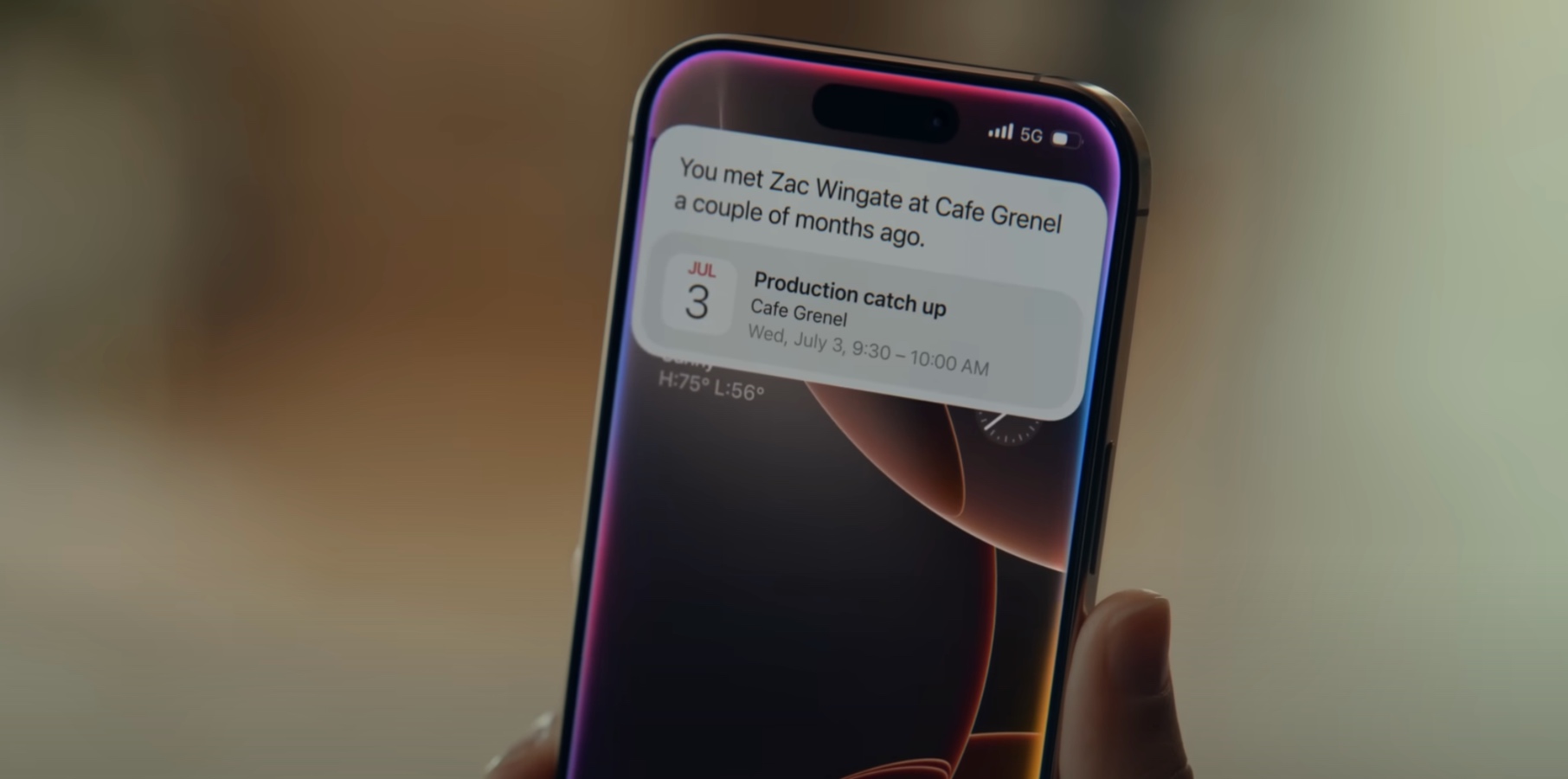


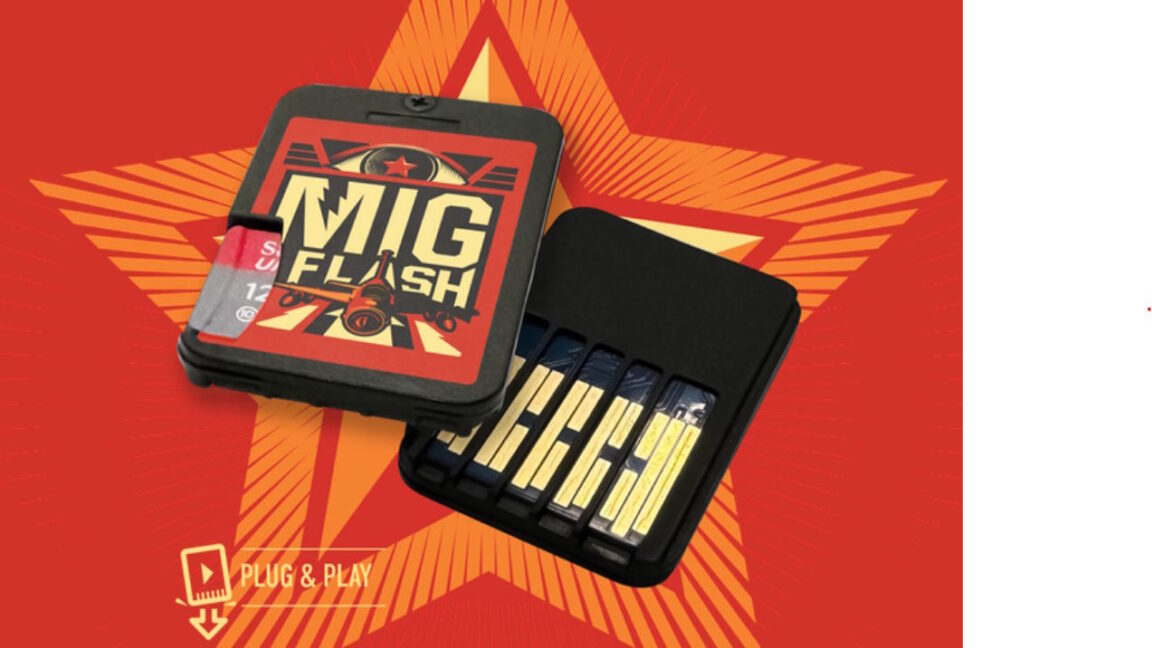































![Google Mocks Apple's 'New' iOS 26 Features in Pixel Ad [Video]](https://www.iclarified.com/images/news/97638/97638/97638-640.jpg)














